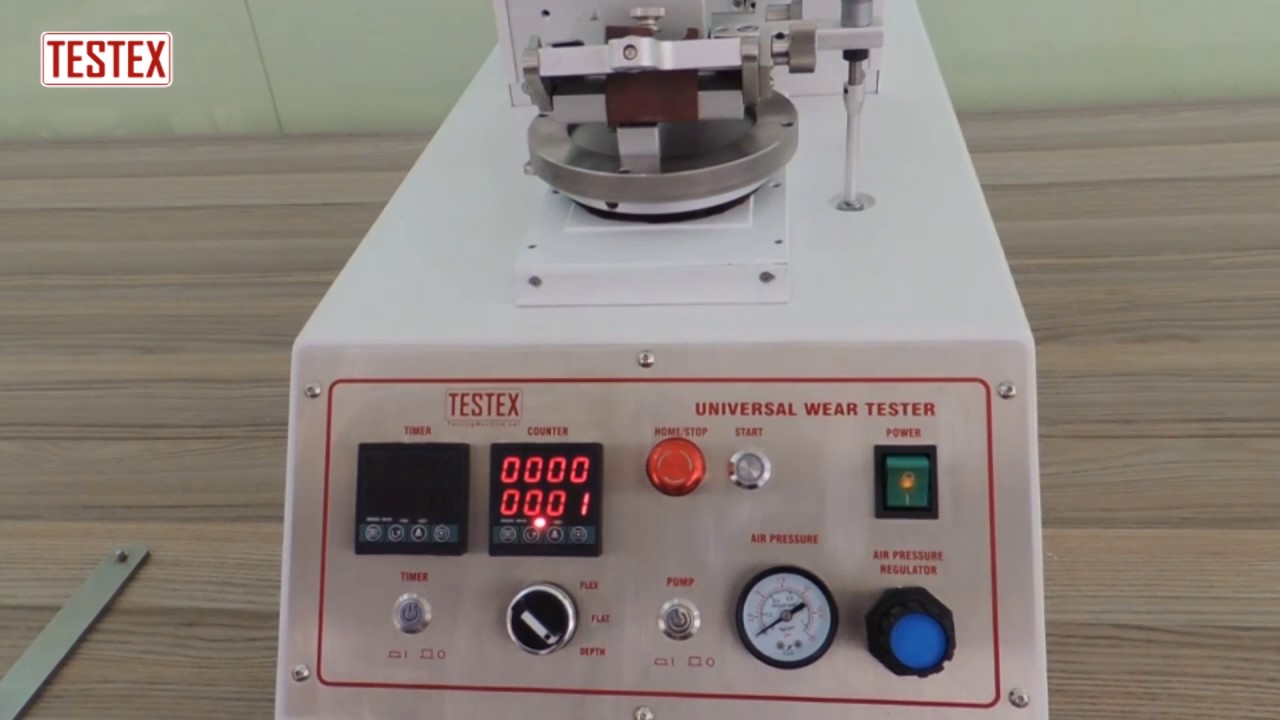Wear testing is a critical process in materials science and engineering, used to evaluate the durability and longevity of materials under various conditions. It involves subjecting materials to controlled wear conditions and measuring the resulting material loss or damage.
Types of Wear Testing
There are several common types of wear testing methods:
- Abrasive wear: This involves testing the material’s resistance to wear caused by the action of abrasive particles.
- Taber abrasion test: A common method using a rotating wheel with abrasive papers to simulate wear.
- Sandpaper abrasion test: A simpler method using sandpaper to assess wear resistance.
- Adhesive wear: This occurs when materials adhere to each other and are torn apart during relative motion.
- Pin-on-disc test: A classic method where a pin is pressed against a rotating disc to simulate adhesive wear.
- Block-on-ring test: Similar to the pin-on-disc test, but with a block-shaped specimen sliding against a rotating ring.
- Erosive wear: This is caused by the impact of particles on a material surface.
- Jet impingement test: A method where a high-velocity jet of particles is directed at the material.
- Fretting wear: This occurs when two surfaces in contact experience small oscillatory motions.
- Fretting wear test: A test that simulates fretting motion between two surfaces.
- Fatigue wear: This is caused by repeated stress cycles that can lead to material failure.
- Rolling contact fatigue test: A test used to evaluate the fatigue life of materials under rolling contact conditions.
Factors Affecting Wear
Several factors can influence the wear behavior of materials, including:
- Material properties: Hardness, toughness, and surface finish can affect wear resistance.
- Load: The applied load can influence the rate of wear.
- Sliding speed: The relative speed between the surfaces can affect wear.
- Lubrication: The presence and type of lubricant can significantly impact wear.
- Environmental conditions: Temperature, humidity, and exposure to corrosive substances can affect wear.
Applications of Wear Testing
Wear testing is essential in various industries, including:
- Manufacturing: Evaluating the durability of components and materials used in manufacturing processes.
- Automotive: Assessing the wear resistance of engine parts, tires, and other components.
- Aerospace: Testing the durability of materials used in aircraft and spacecraft.
- Biomedical engineering: Evaluating the wear resistance of medical implants and devices.
- Tribology: Studying the science of friction and wear.
By understanding the factors that influence wear and conducting appropriate testing, engineers and scientists can design and select materials that are more durable and reliable.
